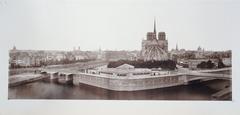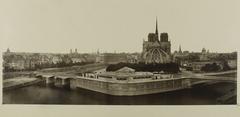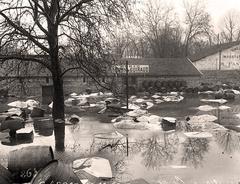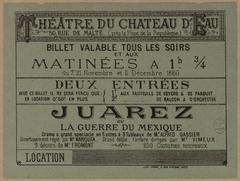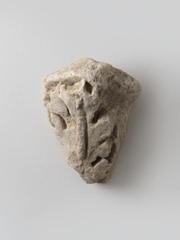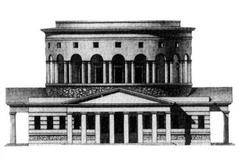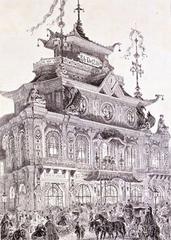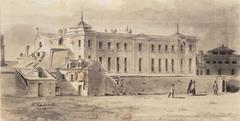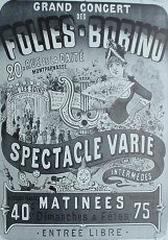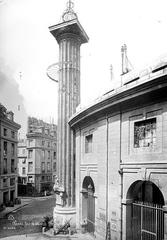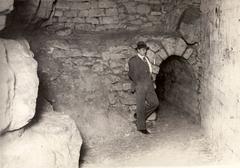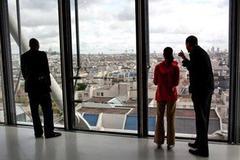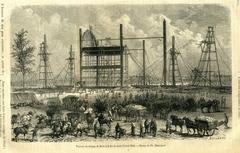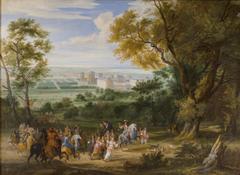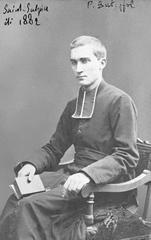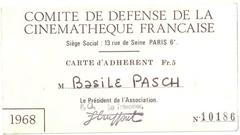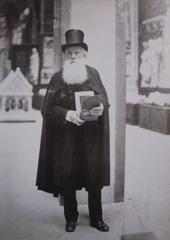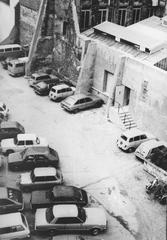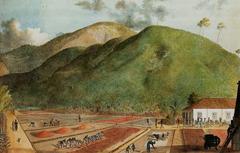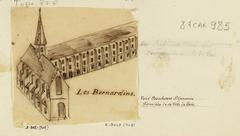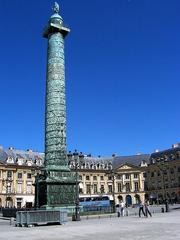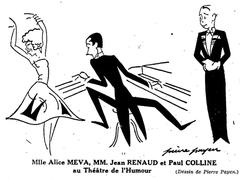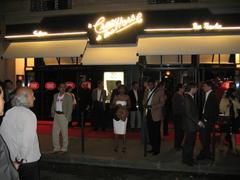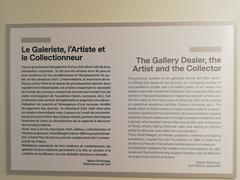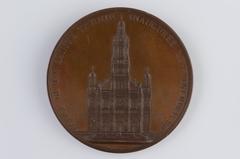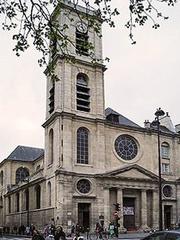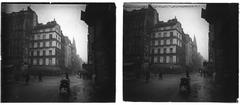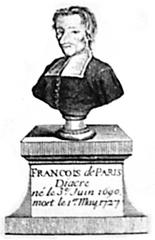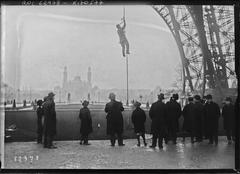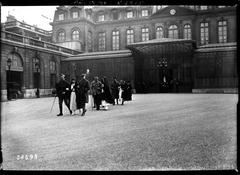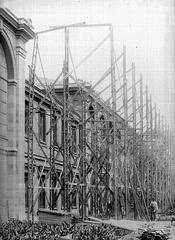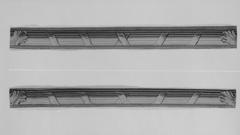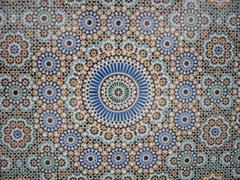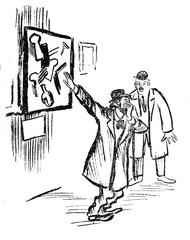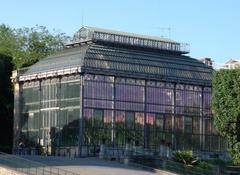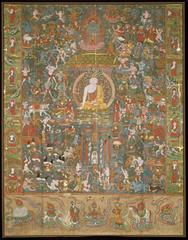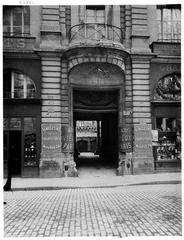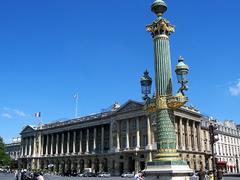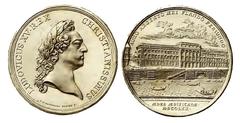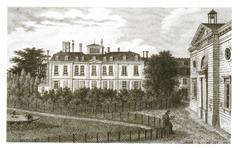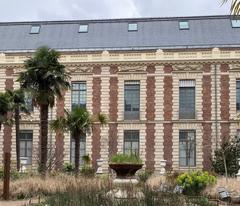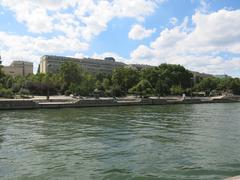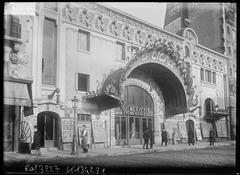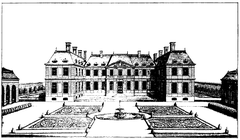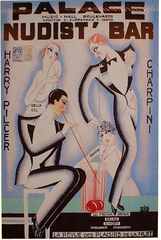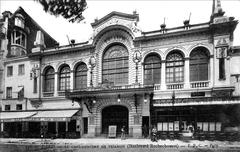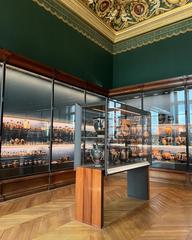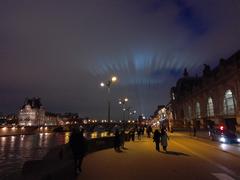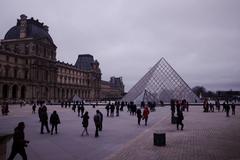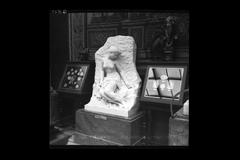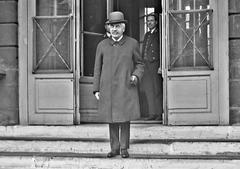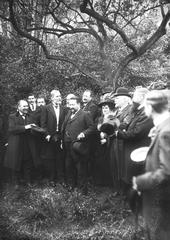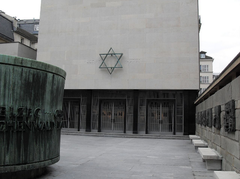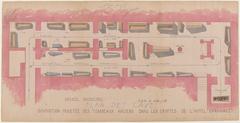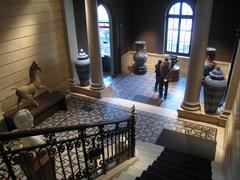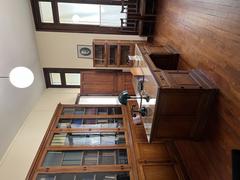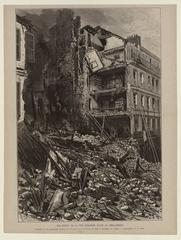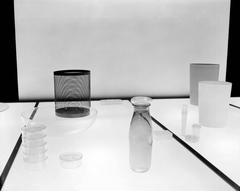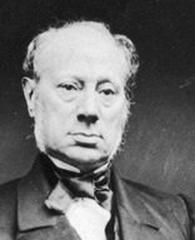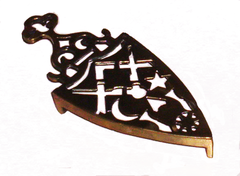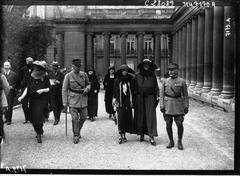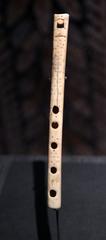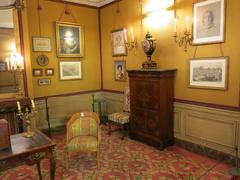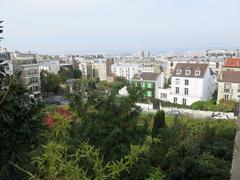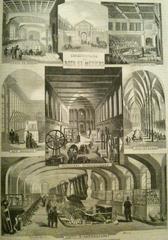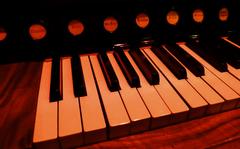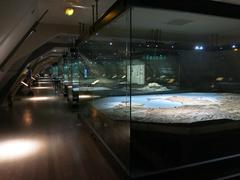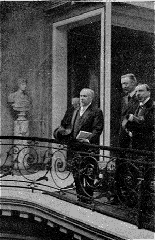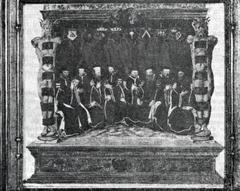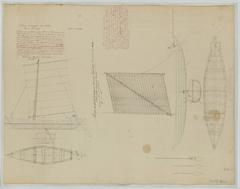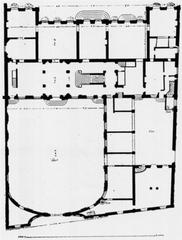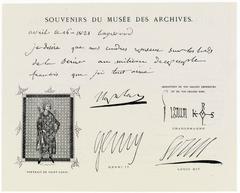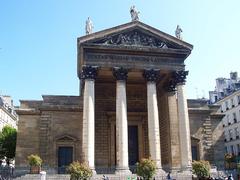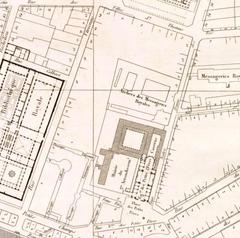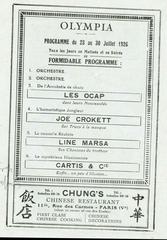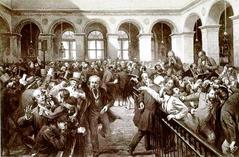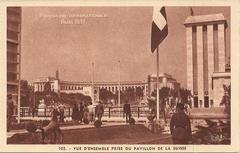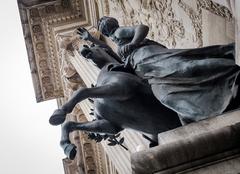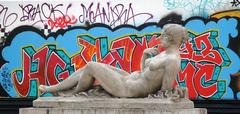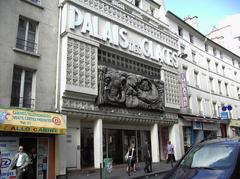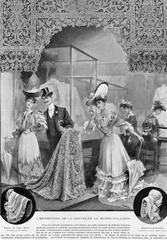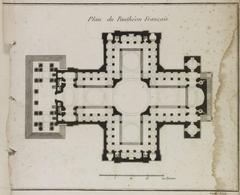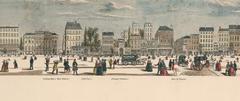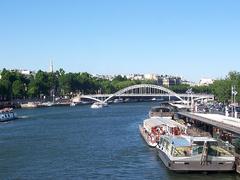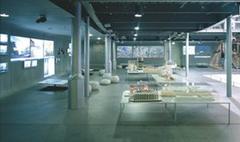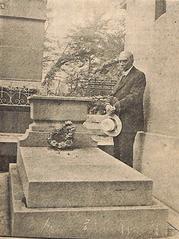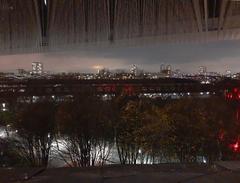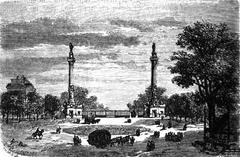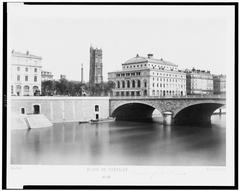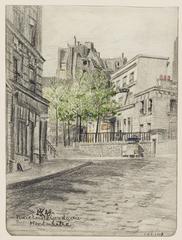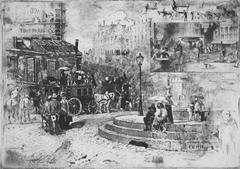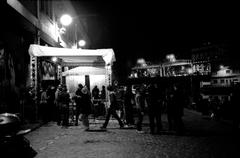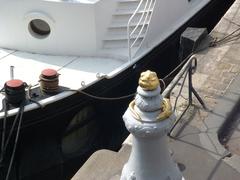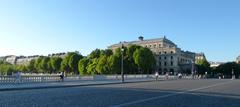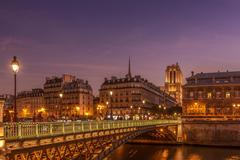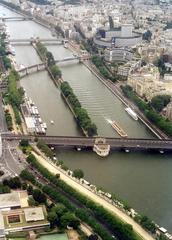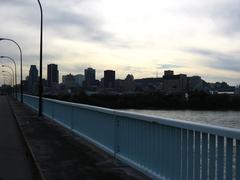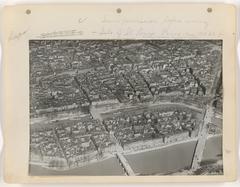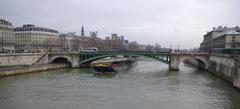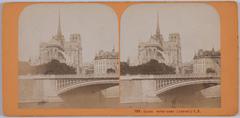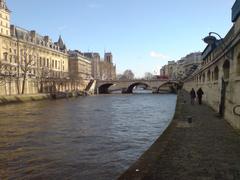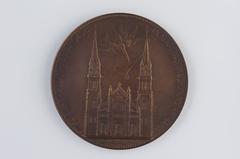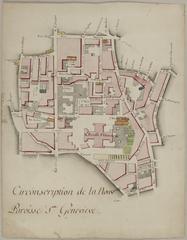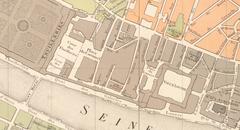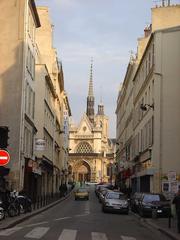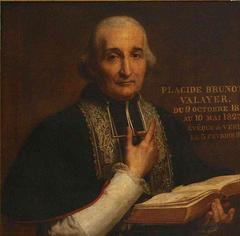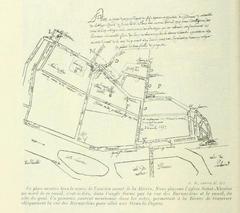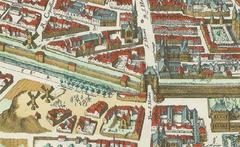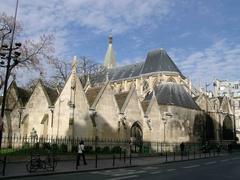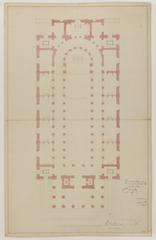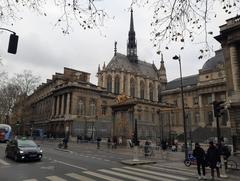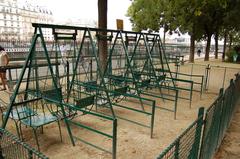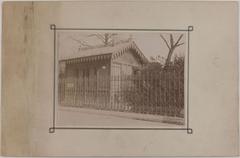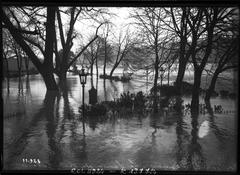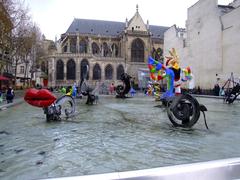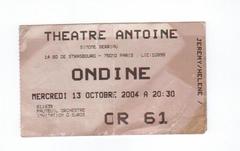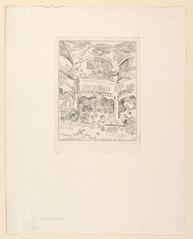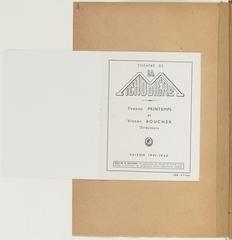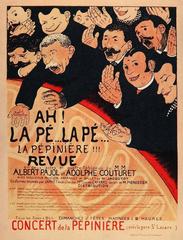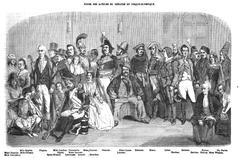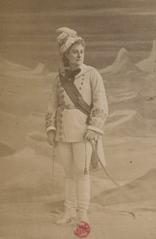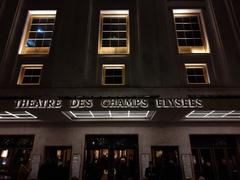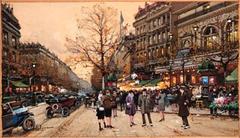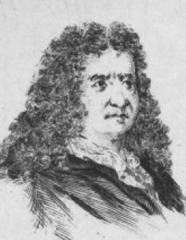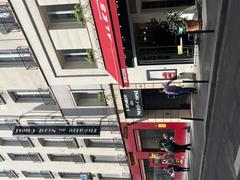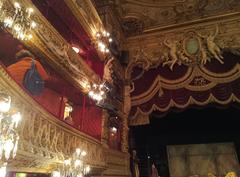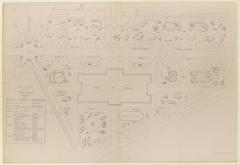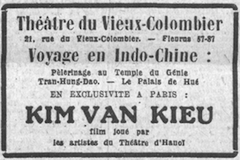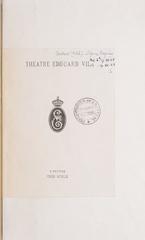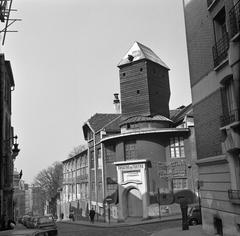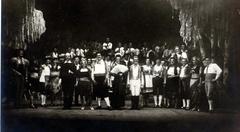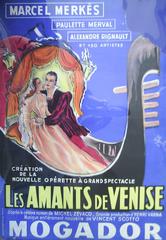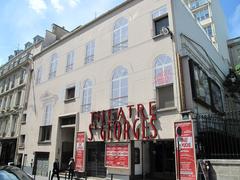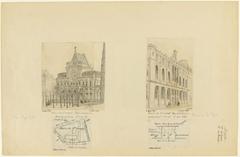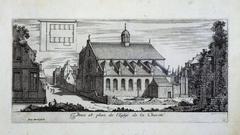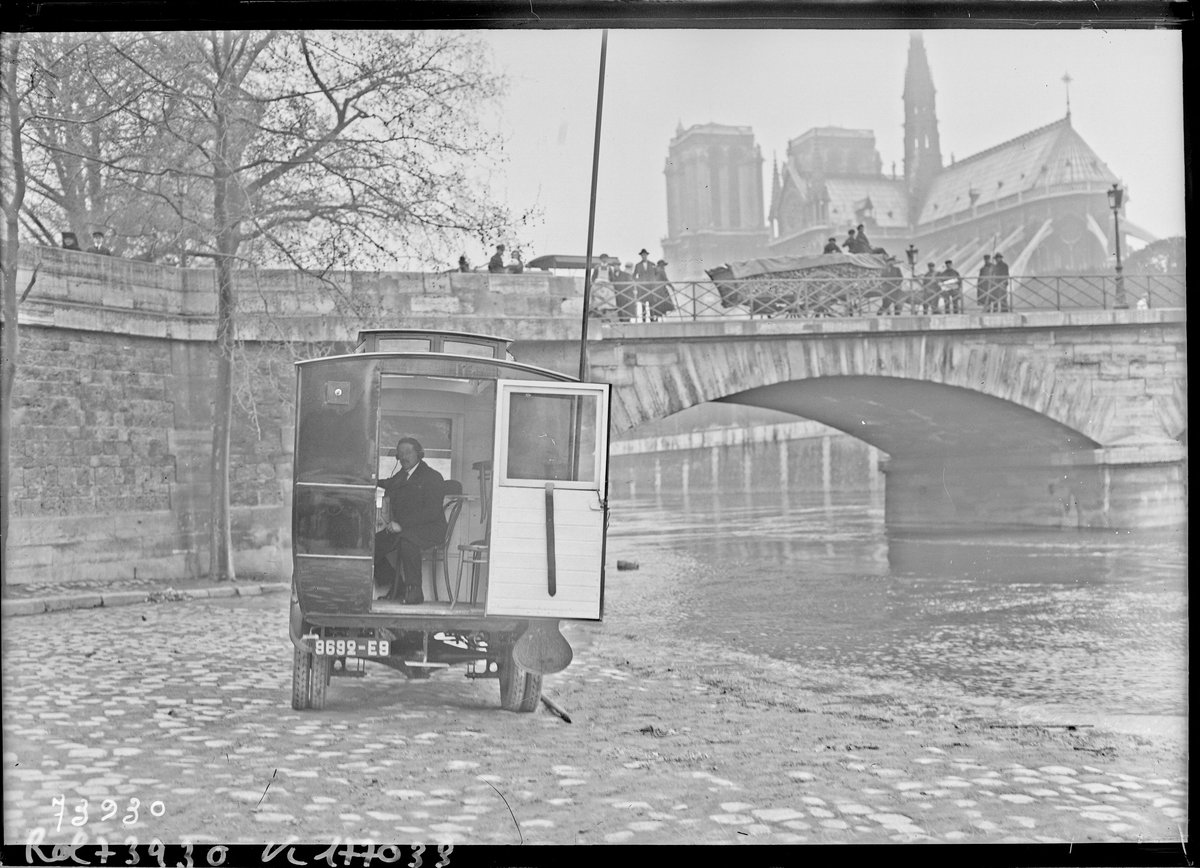
Comprehensive Guide to Visiting Pont de l’Archevêché, Paris, France
Date: 23/07/2024
Introduction
Nestled in the heart of Paris, the Pont de l’Archevêché is much more than a simple crossing over the Seine River. Built in 1828 during the reign of Charles X, this bridge is a historical treasure that has played a significant role in the daily lives of Parisians. Originally constructed to alleviate traffic congestion on nearby bridges, it now stands as a symbol of Parisian engineering prowess from the early 19th century (Paris Bridges). Its three arches, composed of stone and iron, reflect the architectural advancements of the time, combining functionality with aesthetic appeal. Over the years, the Pont de l’Archevêché has evolved from a vital traffic artery to a cultural landmark.
Table of Contents
- Introduction
- History of Pont de l’Archevêché
- Cultural Impact
- Visiting Information
- Preservation and Renovation
- Future Prospects
- FAQ Section
- Conclusion and Call to Action
History of Pont de l’Archevêché
Origins and Construction
The Pont de l’Archevêché, one of the many picturesque bridges in Paris, was constructed in 1828 during the reign of Charles X. The bridge was built to alleviate the traffic congestion on the nearby Pont de la Tournelle and Pont Saint-Michel, which were the primary crossings over the Seine River at that time. The construction was part of a broader initiative to improve the infrastructure of Paris, which included the development of new roads and bridges to accommodate the growing population and increasing traffic.
Architectural Design
The bridge was designed by the engineer Plouard and is characterized by its three arches, a common architectural feature of the period. The total length of the bridge is 68 meters, and it is 17 meters wide. The design of the Pont de l’Archevêché reflects the engineering advancements of the early 19th century, combining functionality with aesthetic appeal. The use of stone and iron in its construction was typical of the era, providing both durability and a pleasing visual harmony with the surrounding architecture of Paris.
Historical Significance
Throughout its history, the Pont de l’Archevêché has played a significant role in the daily life of Parisians. During the 19th century, it was a vital link between the Île de la Cité, where the Notre-Dame Cathedral is located, and the Left Bank of the Seine. The bridge facilitated the movement of people and goods, contributing to the economic and social vibrancy of the area.
Cultural Impact
The Love Locks Tradition
In the early 21st century, the Pont de l’Archevêché became famous for a modern tradition - the attachment of “love locks.” Couples from around the world would inscribe their names on padlocks and attach them to the bridge’s railings before throwing the keys into the Seine as a symbol of their everlasting love. This practice began around 2008 and quickly gained popularity, transforming the bridge into a romantic landmark. However, by 2015, the weight of the locks had become a structural concern, leading the city authorities to remove them to preserve the integrity of the bridge (The Guardian).
References in Literature and Media
The Pont de l’Archevêché has been referenced in numerous literary works and media. Its romantic allure has inspired poets, novelists, and filmmakers. For instance, it is often depicted in romantic scenes in films set in Paris, highlighting its status as a symbol of love and connection. The bridge’s historical and cultural significance has also been explored in various documentaries and historical accounts, providing insight into its role in the broader narrative of Parisian history.
Visiting Information
Accessibility and Travel Tips
The bridge is easily accessible from several key locations in Paris. It is a short walk from the Notre-Dame Cathedral, making it an ideal spot to visit before or after exploring the famous church. The nearest metro stations are Cité (Line 4) and Saint-Michel (Line 4 and RER B and C), providing easy access to public transportation. For those who prefer to explore on foot, the bridge is located in a pedestrian-friendly area with plenty of cafes and shops nearby.
Nearby Attractions
In addition to the Notre-Dame Cathedral, there are several other attractions near the Pont de l’Archevêché worth visiting. These include the Sainte-Chapelle, a stunning Gothic chapel known for its beautiful stained glass windows, and the Île Saint-Louis, a charming island with picturesque streets and boutique shops. Visitors can also enjoy a leisurely stroll along the Seine River, taking in the scenic views and historic architecture.
Preservation and Renovation
The Pont de l’Archevêché has undergone several renovations to maintain its structural integrity and aesthetic appeal. The most recent significant renovation occurred in 2016, following the removal of the love locks. This renovation included reinforcing the bridge’s structure and restoring its original appearance. The city of Paris has taken measures to ensure that the bridge remains a safe and beautiful part of the urban landscape, balancing the need for preservation with the demands of modern usage.
Future Prospects
Looking ahead, the Pont de l’Archevêché is expected to continue playing a vital role in the cultural and social life of Paris. The city authorities are committed to preserving the bridge while accommodating the needs of modern urban life. Future plans may include further renovations and enhancements to ensure that the bridge remains a safe and attractive landmark for generations to come.
FAQ Section
What are the visiting hours for the Pont de l’Archevêché? The Pont de l’Archevêché is accessible 24 hours a day, making it a convenient stop on any Paris itinerary.
How much do tickets cost? Visiting the Pont de l’Archevêché is free of charge, as it is a public bridge.
Are there any guided tours available? While there are no specific guided tours for the Pont de l’Archevêché, many walking tours of Paris include the bridge as a point of interest.
What are some nearby attractions? Nearby attractions include the Notre-Dame Cathedral, Sainte-Chapelle, and Île Saint-Louis.
Conclusion and Call to Action
In summary, the Pont de l’Archevêché is not just a bridge but a historical and cultural icon of Paris. Its rich history, architectural beauty, and cultural significance make it an essential part of the city’s heritage. Whether as a functional piece of infrastructure or a romantic symbol, the Pont de l’Archevêché continues to captivate the hearts and minds of those who visit it. Plan your visit today to experience this remarkable bridge for yourself and don’t forget to explore other historical sites in Paris. For more updates and travel tips, follow us on social media and download the Audiala app.
References
- The Guardian, 2015, Author source url
- Paris Bridges, 2023, Author source url

